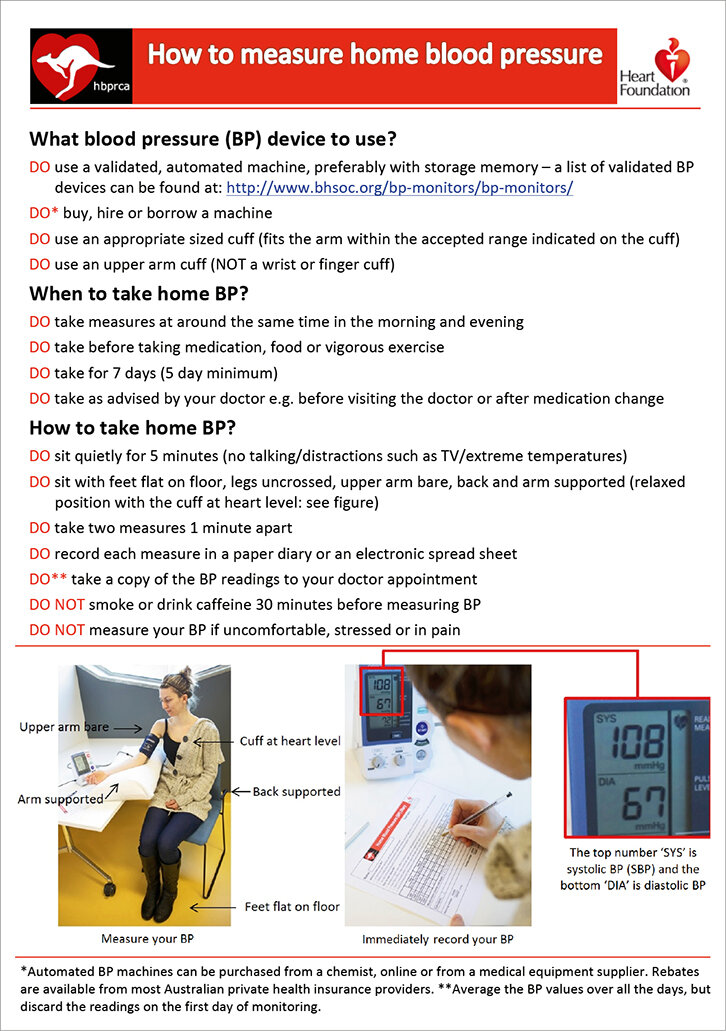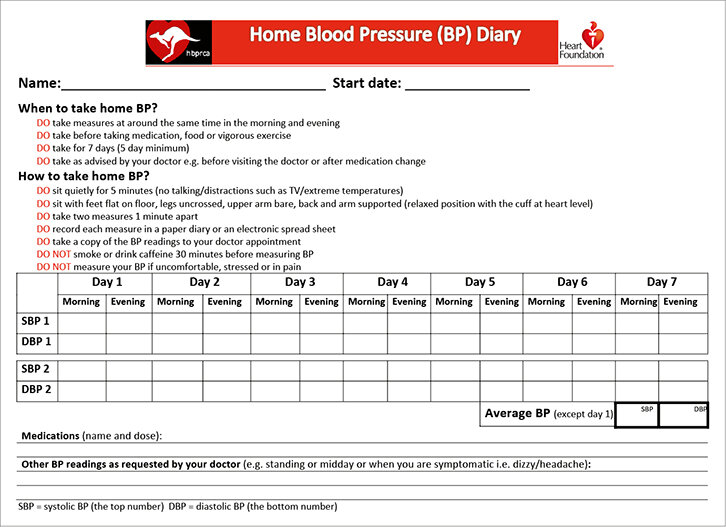Checking blood pressure at home
Why should I measure my BP at home?
Home blood pressure (BP) monitoring is the self-measurement of BP in the your usual environment, at home, at work or in-between. This provides a number of BP readings that are more reliable for assessment of true underlying BP than a single measurement obtained in the clinic. The readings can be taken on multiple days, and therefore this is complementary to 24-hour ambulatory BP, and is likely to be better for the diagnosis and management high or low blood pressure.
What type of device should I use?
The BP measurement device should use an appropriately sized arm cuff, rather than a wrist cuff, and ideally should be validated and automated. I have written a seperate article about choosing a BP cuff that is also available on this website here.
When should I check my BP?
There are different schools of thought on how best to assess home BP.
For many patients, I will ask that you assess the BP randomly throughout the day. Check at breakfast time one day, then dinner time the next. This gives an estimate of BP control at different times throughout the day, and mimics a 24 hour BP monitor test.
However the official guidelines suggest a more standardised approach.
Heart Foundation Guidelines on Home BP Assessment
How should I check my BP?
The Heart Foundation advice is that a patient should measure their BP at around the same time in the morning and the evening, before medication over a period of seven days. BP should be checked after going to the toilet but before food, caffeine or vigorous exercise, as all these can affect BP.
In order to achieve “standard” measurements, it is suggested that two BP measurements should be taken in a quiet room after five minutes of seated rest with feet on the floor, and the two readings taken one minute apart. The actual advice is as follows, “The patient should be in the seated position with feet flat on the floor, legs uncrossed, upper arm bare, back supported and arm supported in a relaxed position with the cuff at heart level”. The BP should be recorded immediately in a diary.
It is worth noting that late morning / lunch-time readings may also provide information for optimising the timing of medications (for example morning versus evening), and so I often ask for these too. If necessary, a formal 24-hour ambulatory BP monitor can provide further information where necessary.
This process (the sitting down in a standard position within a quiet room) ensures that we are recording the lowest possible BP, in a reproducible manner. If following this approach, the readings could be recorded in a home BP diary, such as the downloadable one below.


